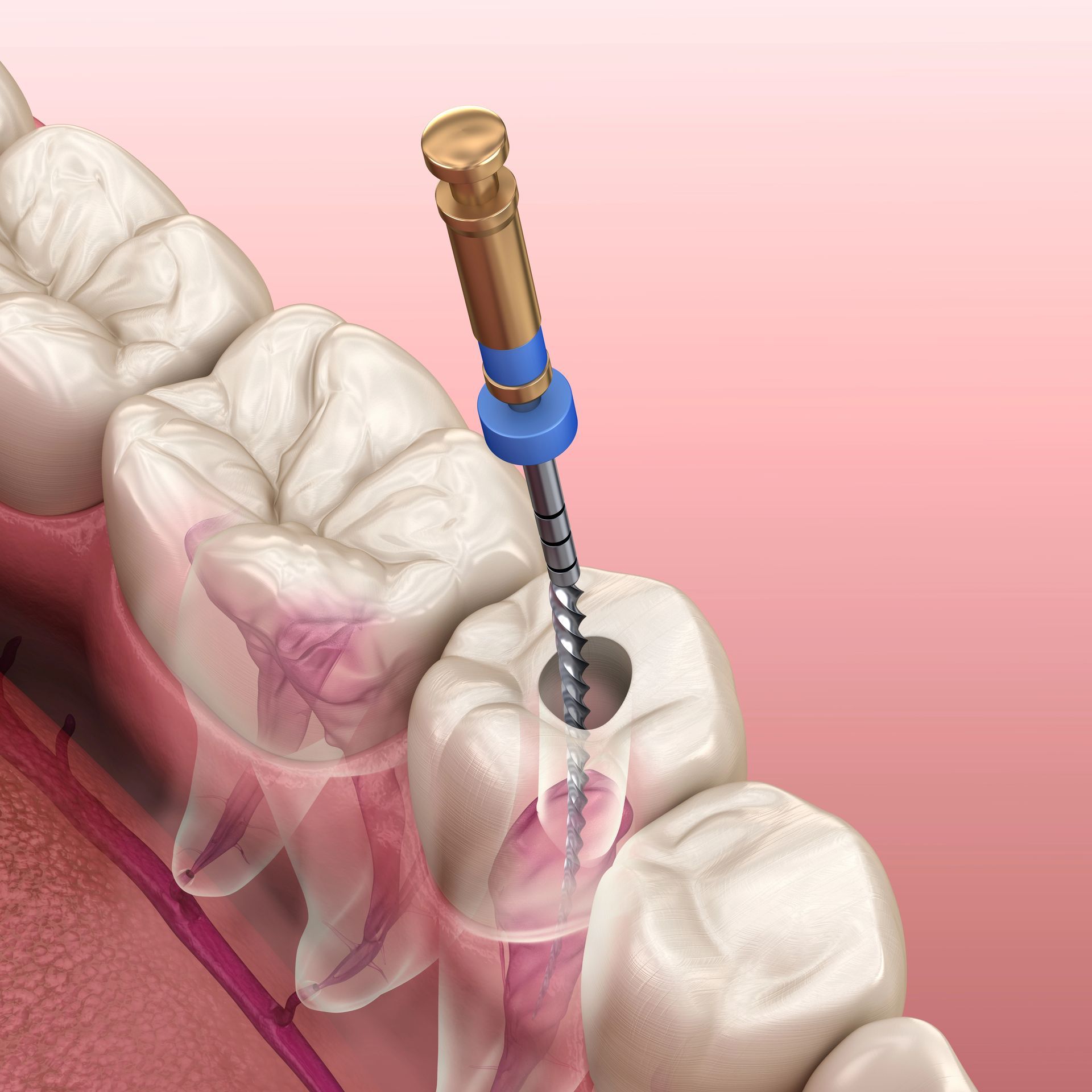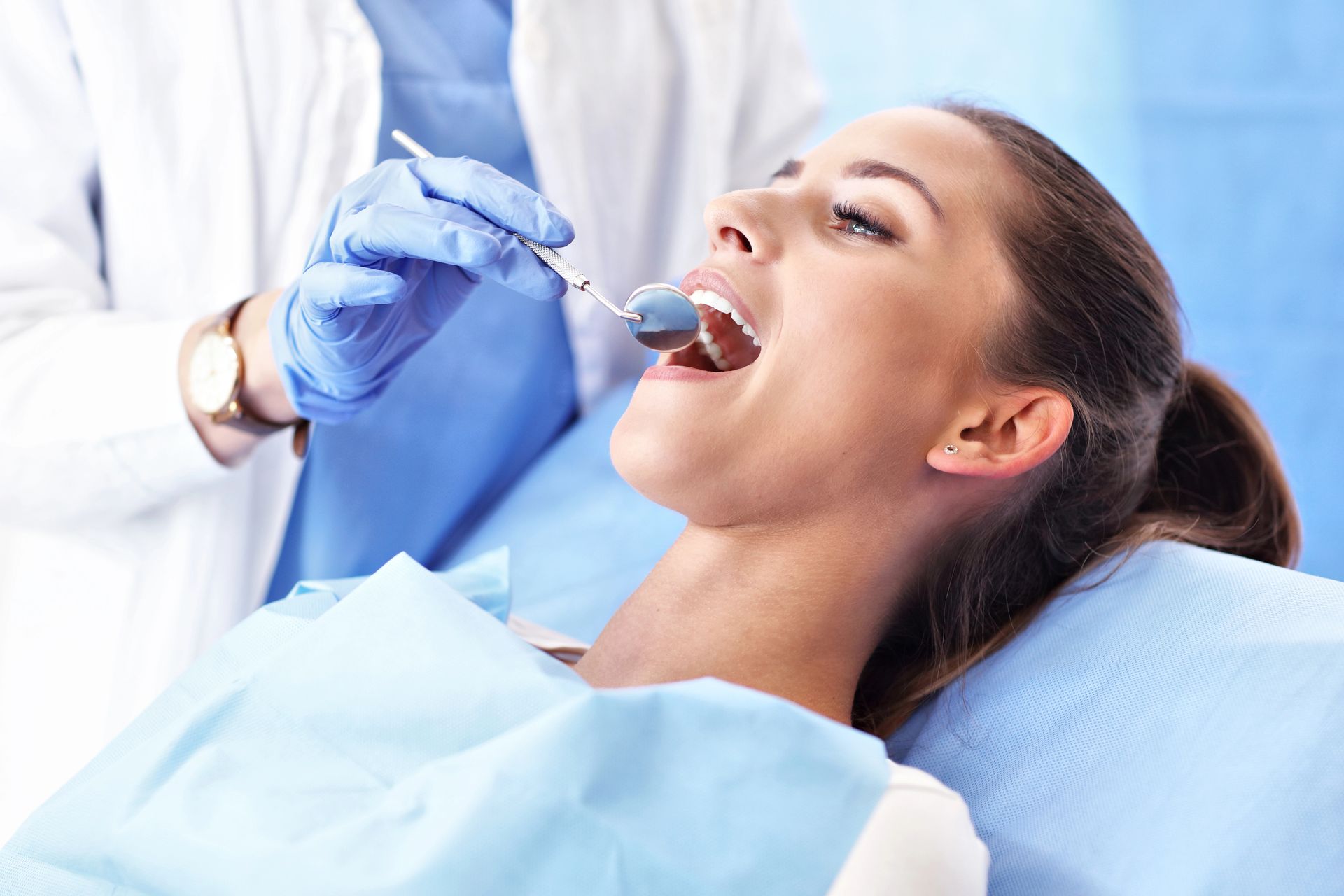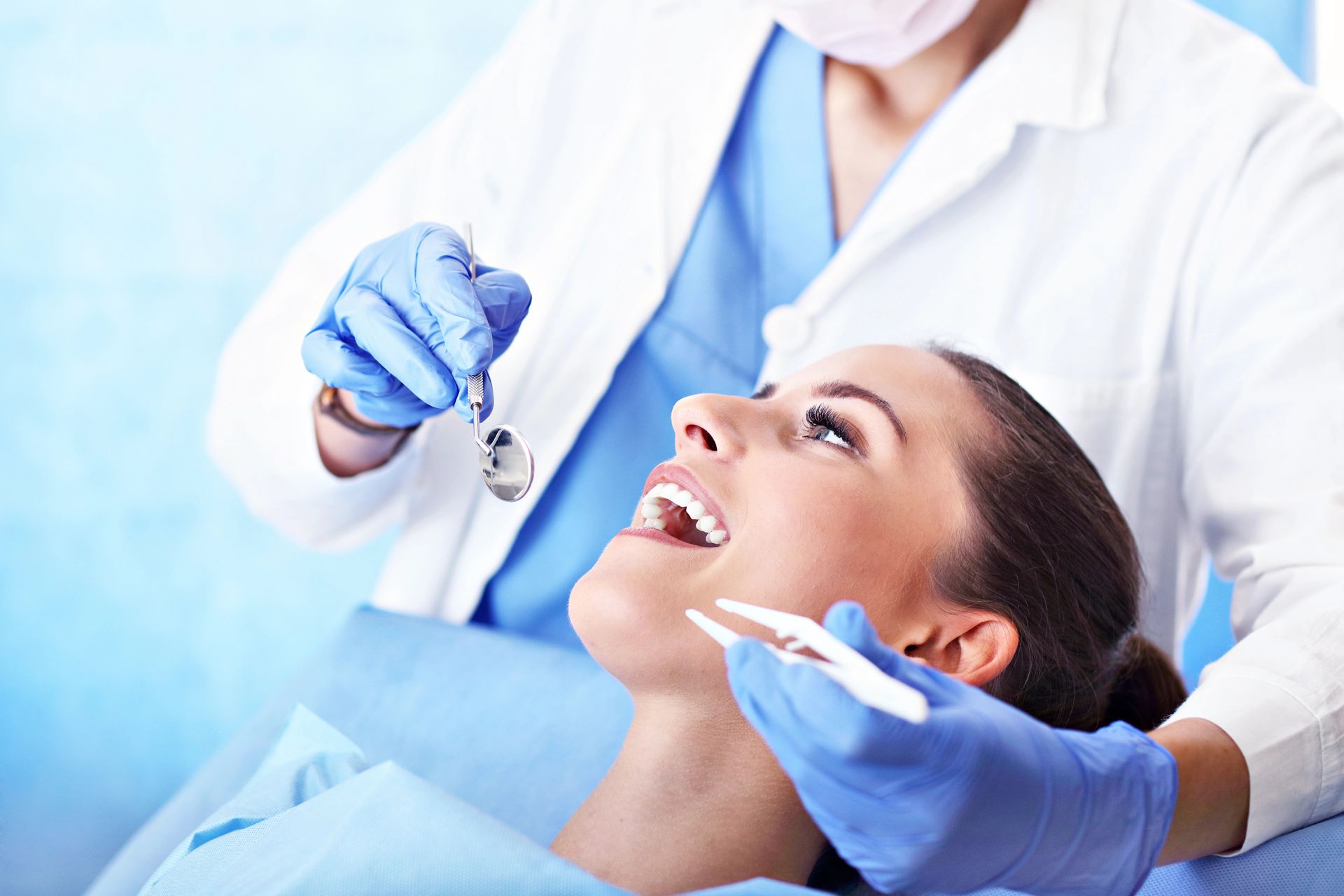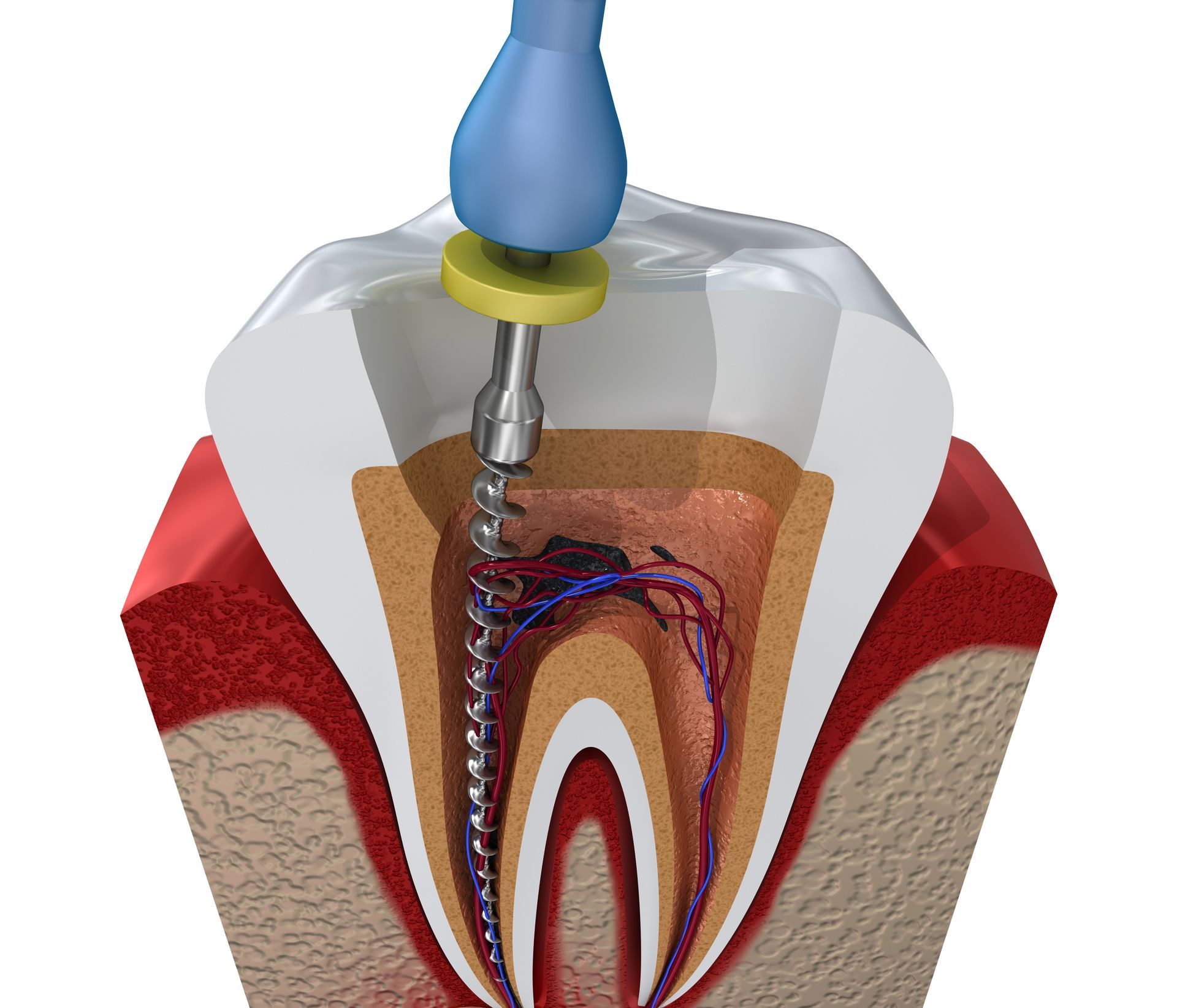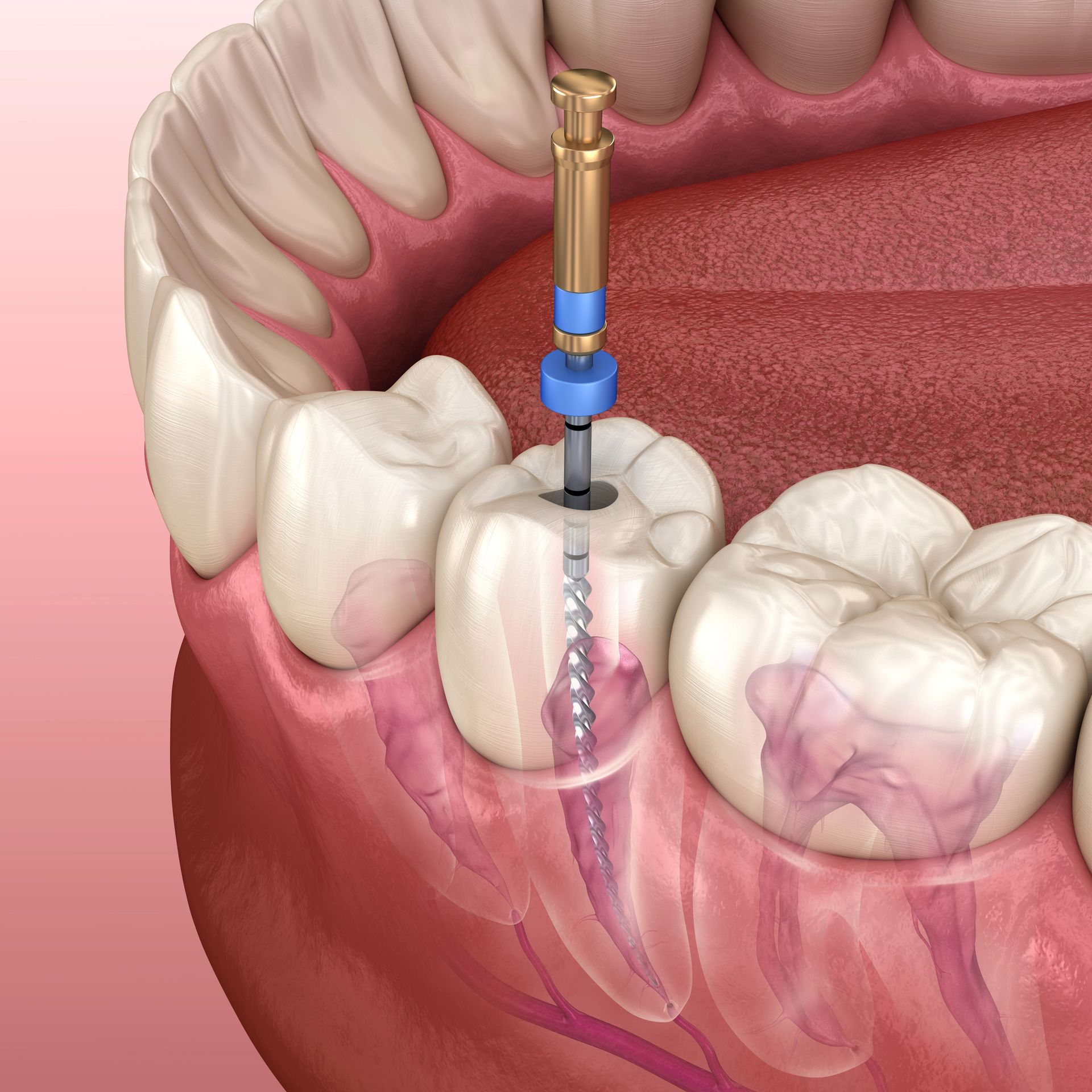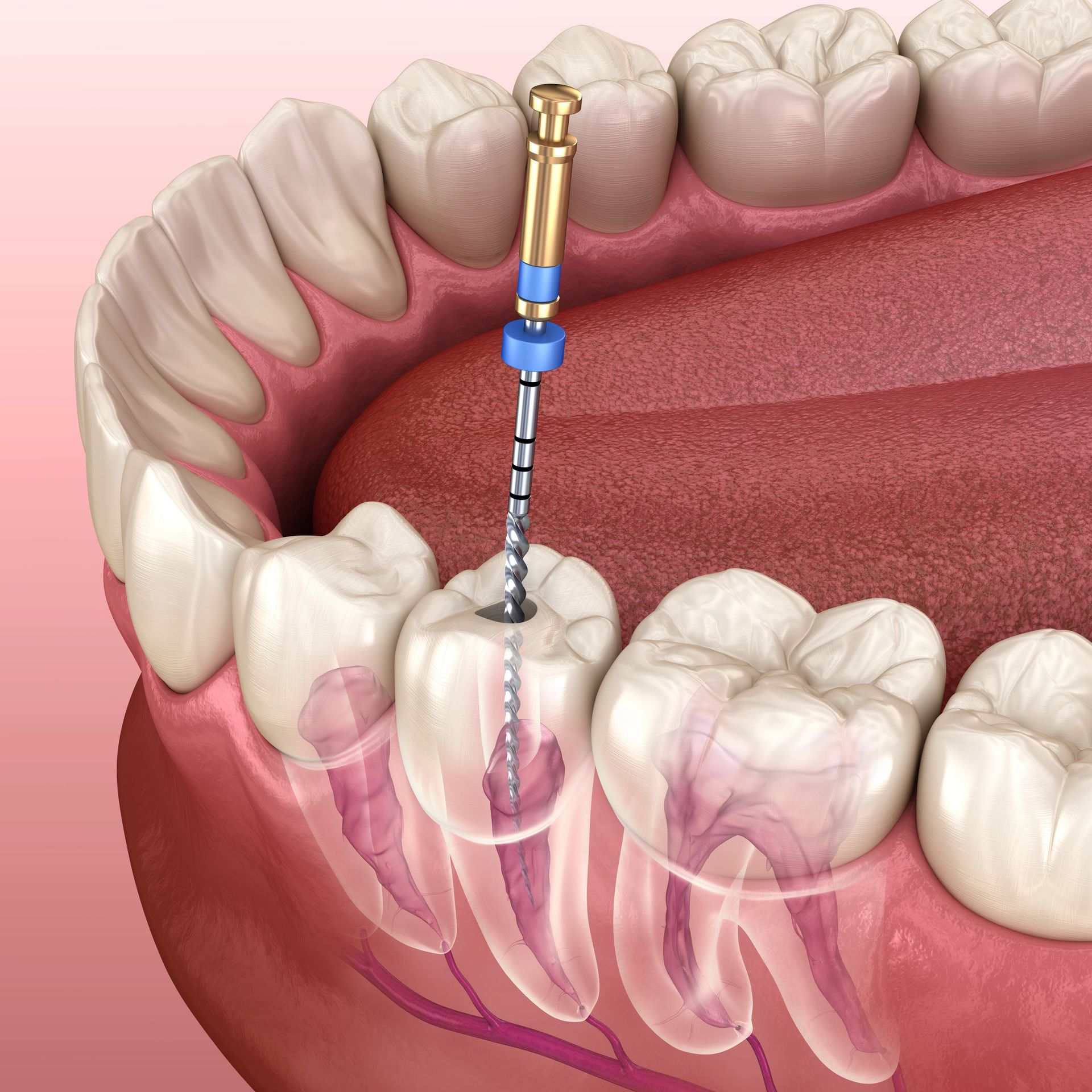Are you curious about temporary dental crown care tips and how to protect your tooth during this transitional phase? Understanding the basics of maintaining a temporary crown can help ensure your tooth remains safeguarded until your permanent crown is ready. Proper care involves being mindful of your dental hygiene and habits to prevent any complications.
Temporary Dental Crown Care Tips
Understanding Temporary Crown Basics
Temporary dental crown care tips are essential for anyone who has recently received a temporary crown. These crowns serve as a short-term solution to protect your tooth while you wait for a permanent crown. Made from less durable materials, temporary crowns are designed to shield the tooth and maintain its position in the mouth. They are crucial in preventing further damage or discomfort, ensuring that your dental health remains stable during the interim period.
Understanding the role of temporary crowns can help you appreciate their importance in the overall dental restoration process. While they are not as robust as permanent crowns, they play a vital role in maintaining oral health. For more information on choosing the right materials for permanent crowns, you can explore our guide on
Best Dental Crown Material for Molars Choosing the Right Option.
Temporary Dental Crown Care Tips
When you have a temporary dental crown, it's important to be mindful of the foods you consume to ensure the crown stays intact and your tooth remains protected. Hard foods like nuts and popcorn can pose a risk as they may cause the crown to crack or dislodge. Sticky foods such as caramel and chewing gum should also be avoided, as they can pull the crown off the tooth. Additionally, try to steer clear of crunchy vegetables and fruits that require significant force to bite into, as these can also compromise the stability of your temporary crown.
Soft foods are generally safer options when you have a temporary dental crown. However, it's still crucial to be cautious with your choices. Avoiding foods that are too hot or too cold can help prevent discomfort and potential damage to the crown. For more information on maintaining your dental health and understanding the nuances of temporary dental crown care tips, consider exploring our
Dental Crown Services Columbia page.
Managing Sensitivity and Discomfort
Experiencing sensitivity and discomfort is a common occurrence after receiving a temporary dental crown. This sensation often arises due to the tooth's exposure to temperature changes and pressure, which can affect the underlying nerves. The discomfort may vary in intensity, with some individuals noticing a mild tingling while others might feel a sharper sensation. It's important to understand that this is a natural response as the tooth adjusts to the temporary crown. Over time, the sensitivity typically diminishes as the tooth acclimates to its new covering, allowing for a more comfortable experience until a permanent solution is in place.
Recognizing Crown Complications
Understanding potential issues with your temporary dental crown is crucial for maintaining oral health. While these crowns are designed to protect your tooth until a permanent solution is in place, complications can arise. Common signs of trouble include persistent discomfort, sensitivity to temperature changes, or an unusual fit that affects your bite. Being aware of these symptoms can help you address any issues promptly and ensure your temporary dental crown care tips are effective. If you notice any of these complications, it might be beneficial to consult with a professional. For those in the area, Design Dentistry Columbia offers expertise in dental care, and you can find more information by visiting their
Columbia Dentist
page.
Temporary Crown Lifespan Insights
Understanding the lifespan of a temporary dental crown is essential for maintaining oral health during the interim period before receiving a permanent crown. Typically, temporary crowns are designed to last a few weeks to a couple of months, providing a short-term solution that protects the tooth and maintains its function. The duration can vary based on individual circumstances, such as the location of the crown in the mouth and personal oral hygiene practices. While these crowns are not intended for long-term use, they play a crucial role in safeguarding the tooth and surrounding gums. Being aware of the expected lifespan is an integral part of temporary dental crown care tips, ensuring that individuals are prepared for the transition to a permanent solution.
Oral Hygiene with Temporary Crowns
Maintaining oral hygiene with temporary crowns is crucial for ensuring the longevity and effectiveness of your dental work. While these crowns are not permanent, they play a vital role in protecting your tooth until a permanent solution is in place. As part of your temporary dental crown care tips, it's important to focus on gentle cleaning practices that help prevent plaque buildup and maintain gum health. Regular brushing and flossing, while being mindful of the temporary crown, can contribute to overall oral health and support the temporary crown's function. By prioritizing oral hygiene, you can help ensure that your temporary crown remains secure and your mouth stays healthy.
Handling Crown Emergencies
In the realm of temporary dental crown care tips, understanding how to handle crown emergencies is crucial for maintaining oral health. A dislodged or damaged temporary crown can be an unexpected inconvenience, potentially leading to discomfort or sensitivity. It's important to remain calm and assess the situation carefully. While temporary crowns are designed to protect your tooth until a permanent solution is in place, they can occasionally become loose or fall out. In such cases, it's essential to address the issue promptly to prevent further complications. Being informed about the steps to take during a crown emergency can help ensure that your dental health remains on track while awaiting a more permanent restoration.
Temporary Crown Maintenance Essentials
Understanding the essentials of temporary crown maintenance is crucial for anyone navigating the interim period before receiving a permanent crown. Temporary dental crown care tips often emphasize the importance of being mindful of your dental hygiene routine to ensure the longevity and stability of the temporary crown. This involves maintaining a gentle approach to brushing and flossing around the crown area to prevent any dislodgement or damage. Additionally, being aware of your eating habits can play a significant role in preserving the integrity of the temporary crown, as certain foods might pose a risk to its stability. By focusing on these general maintenance essentials, you can help protect your tooth and ensure a smooth transition to your permanent dental solution.
Temporary Crown Myths Debunked
When it comes to temporary dental crown care tips, there are several myths that can lead to confusion and misinformation. One common misconception is that temporary crowns are indestructible, when in fact, they are designed to be a short-term solution and require careful handling. Another myth is that temporary crowns do not need any special care, but maintaining good oral hygiene is crucial to prevent complications. Additionally, some believe that temporary crowns are purely cosmetic, overlooking their essential role in protecting the tooth and maintaining alignment until a permanent crown is placed. Understanding these myths can help in appreciating the importance of proper temporary dental crown care.
Conclusion
For more information on temporary dental crown care tips, feel free to call us at
803-408-7163
or check out our
Google Maps
reviews.
